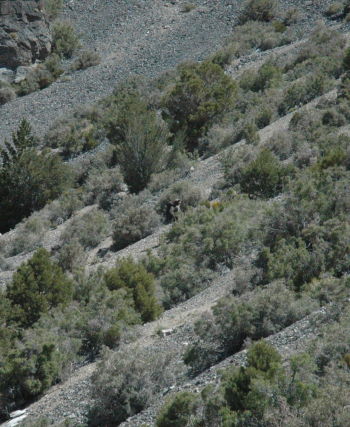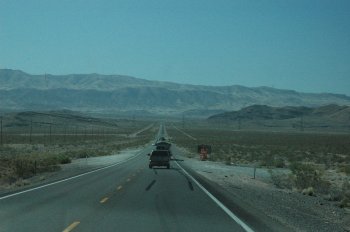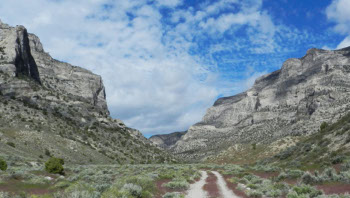How park volunteers in Tucson illustrated the growing resentment to unjustified authority

Forest Service discovers it ain’t
our lord and master
Recently the National Forest Service suspended its agreement with a volunteer organization, the Santa Catalina Volunteer Patrol, which had unpaid volunteers wear a forest service uniform with a volunteer patch, rather than a badge, and patrol within Sabino Canyon and other Forest Service trails near Tucson, answering questions for the public.
The reasons why the volunteer patrol was suspended were not described initially, except for vague statements that the volunteers needed “retraining.”
This drastic action is needed because we have patrollers not following our Forest Service Agreement, and any additional violations will result in our charter being removed. All patrollers will be required to go through retraining.
This past weekend that suspension was lifted, with the announcement giving a better explanation as to the cause of the suspension.
» Read more



